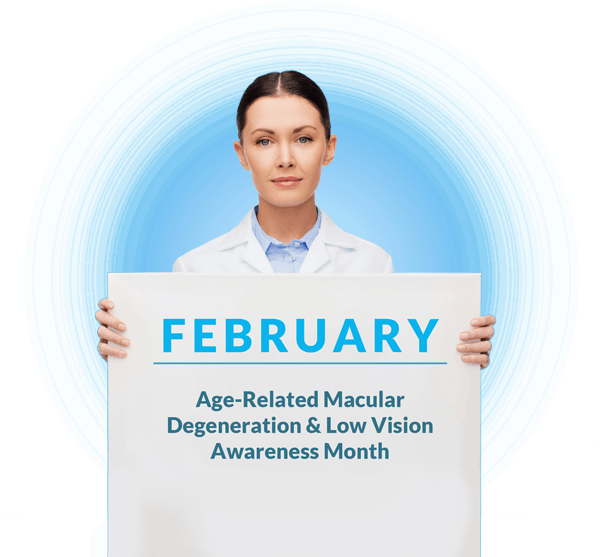
What is low vision? It is a term that eye care professionals use to indicate partial sight, or vision that cannot be fully corrected with contact lenses, glasses, medications or surgery. A brief of WHO Definitions of Low Vision and some key facts about blindness and vision impairment will help you learn about low vision.
For those with low vision, the quality of their vision interferes with their ability to perform everyday activities. Tasks such as reading the mail or a book are challenging. Other obstacles include activities such as shopping, cooking, writing, driving and even the ability to enjoy a movie or television. Besides those difficulties, low vision results in anxiety and frustration when people lose their vision as well as visual independence.
Many think that low vision is a natural part of growing older but it isn’t. It can happen to anyone at any age.
You hear about it more often as people age because as we grow older we are more likely to contract the diseases that can cause low vision. One of the most common diseases is Age-related Macular Degeneration, commonly known as AMD.
AMD is a disease that blurs the sharp, central vision you need for straight-ahead activities and tasks such as reading and driving. The disease affects the macula; the part of the eye that allows you to see fine detail.
AMD is actually not the first or second cause of visual impairment, which is uncorrected refractive error (URE) and cataract; however, unlike URE and cataract, AMD cannot be corrected by glasses, contact lenses or surgical options. But it can be treated to keep it from getting worse. There are treatment options available to help stabilize vision loss. You will learn more in What is Macular Degeneration AMD?.
Prevention is the key to minimizing the risk of AMD. Studies suggest that following a healthy low-fat diet, wearing sunglasses for protection from ultraviolet rays and not smoking all help fight against the risks of contracting the disease. If you are a smoker, make a plan to quit as tobacco prevents the absorption of Lutein (an antioxidant) which is essential for eye health.
You should make it a point to see your eye care professional annually for a thorough eye exam.
People with low vision should be aware that there are many rehabilitation services available.
- Services include training in the use of magnification, electronic and computer-assistance devices as well as mobility training if needed.
- These and many other services are available through the Service to the Blind and Visually Impaired. These services help people maximize their remaining vision and teach alternate ways to perform activities around their home and community.
- To learn more about these services see your local eye care professional or a low vision specialist in your area who can make the referral for you.
There are some Low Vision Resources for reference. Click here to see how a video magnifier will help you overcome the obstacles in life with vision loss, and regain visual independence.

